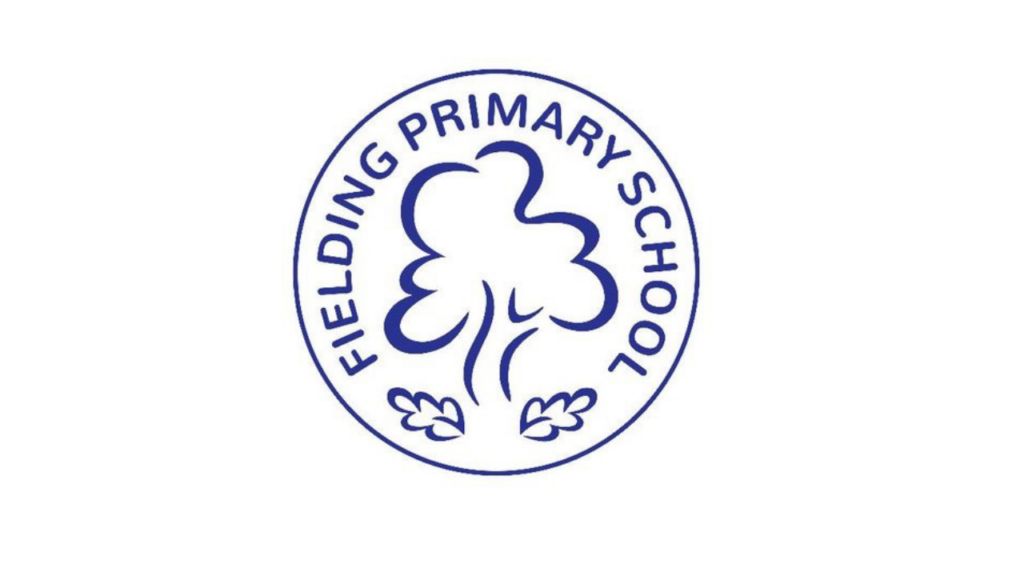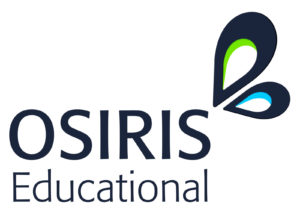CASE STUDY
Fielding Primary School -VL

The Issue
Regular monitoring of the Quality of Teaching and Learning throughout the school was telling us that there were inconsistent teaching strategies being used, there was a lack of professional dialogue among staff and pupils were not being exposed to enough good quality modelled examples.
School leaders had a clear picture of the types of learners that we aspired to have, which we captured in school policies and documentation. However, shared language of learning was not established across the school and this was reflected in the discussions with pupils, who found it challenging to articulate characteristics of good learners and lacked a consistent language with which to talk about their own learning.
Our pupils were not independently making links between key teaching strategies that we had implemented e.g. learning objectives, success criteria and working walls, they were not fully embedded and pupils were unclear about the contribution they make to their learning.
Analysis of the issue
In the academic year 2014-15, the Quality of Teaching across the school was not as strong as we wanted it to be. 14% of lessons were judged to be ‘inadequate’ and only
62% were judged ‘good or better’,
however our target for this was 85% based on career expectations.
As part of our initial capability assessment in 2015, we received a report that indicated how well we were already embedding key principles of Visible Learning (The Visible Learner, Know thy impact, Inspired and passionate teachers and Effective feedback). Overall, we discovered that ‘The Visible Learner’ and ‘Effective feedback’ were our least confident areas. The report showed that some elements of these areas existed in small pockets across the school but were not commonplace or systematically embedded.
When talking to pupils, we discovered that they had limited or no understanding of the process of learning
or being an actively engaged learner. Effective feedback was an area that we had focused on in whole school professional development meetings but there was still a lack of confidence among staff as to what effective feedback looks like. Teachers were stuck with the concept that effective feedback was all about marking books and not about an ongoing dialogue with pupils. As a result,
pupils were not able to articulate how their feedback has helped them to improve their learning.
Overall, there was a lack of understanding among staff and pupils about what a good learner looks like and inconsistent guidance about effective feedback.
Pupils were not active partners in the learning process
and therefore lessons and outcomes were not as strong as they could be.
Development of the plan
Ensuring that a new strategy or aim is fully embedded takes time. We knew that there was a lot of excellent practice going on in the school already and we needed to identify gaps and ensure that good practice was talked about and shared. From our evidence, we identified the key focus areas and formulated an action plan to address each issue:
• Create a shared language of learning – collect pupil and staff responses as baseline evidence and develop a shared language based on Hattie’s research
• Develop a teaching structure or frame which can easily be shared with pupils to ensure they are greater partners in the learning process
• Introduce ‘Impact Cycles’ as a termly expectation for teaching and support staff focus on a specific area of need based on measurable data collected from the pupils
• Ensure clear expectations are set around what effective feedback looks like – update the Marking and Feedback policy to be more aligned with Visible Learning strategies
• Increase professional dialogue and collaboration among teaching staff. Allow for more opportunities to reflect on teaching and analyse which strategies have the biggest impact
These were our five key aims outlined to staff in PDM time and training days. The Assistant Head, responsible for Quality of Teaching, Learning and Assessment, led the whole school change, with the support of Impact Coaches who were the champions for Visible Learning in every year group.
Implementation of the plan
School Leaders, Impact Coaches and Impact Cycles were an integral part of ensuring key actions and changes we implemented.
They ensured that messages were consistent in every year group and any resources or strategies shared and used well.
• Each member of our teaching staff began an impact cycle to strengthen an area of their teaching practice that they felt was weak. Teachers with similar impact cycles paired up as a way of bouncing ideas off one another and keeping each other on track. We called these ‘Impact Partners’. PDM time was given to review and discuss impact cycles as a whole staff and it was an expectation that an impact cycle proforma was completed to show a clear outline of what was put in place, why, the impact it had on pupils and next steps
• Our ‘Impact Coaches’ were experienced teachers aspiring for middle leadership roles. Each year group had an Impact Coach who acted as the Visible Learning champion; keeping everyone on track with new ideas and reporting/sharing good practice with the rest of the Impact Coaches.
This was an ideal way of getting consistency across the school and communicating messages to all teaching staff.
• We asked pupils ‘What makes a good learner?’ and filmed their responses. Their overall understanding of what makes a good learner was surface level. There was no shared language of learning and pupils lacked the ability to give examples or build on their answers. Their main response was: “A good learner listens to the teacher.” Or, “A good learner gets all the questions right.” As a result of these findings, a shared ‘language of learning’ poster was created and displayed in every classroom. Each class planned and taught explicit lessons on ‘What does a good learner look like?’ and ‘The Learning Pit’. Both of these were linked to our Values-based Education ethos which our pupils already had a strong shared vocabulary. These lessons are repeated annually and the vocabulary developed if needed.
• The Fielding Teaching and Learning Blueprint, developed by the Leadership Team, is a structure or frame for what a successful lesson looks like. Through the analysis of lesson observation forms and research evidence about which key elements make a successful lesson, we produced a lesson guide for teachers and pupils to ensure consistent teaching strategies. It is reviewed annually to fit in with our whole school needs and non-negotiables for teachers.
• We introduced IRIS connect as a way of filming lessons in order for teachers to reflect on their impact. We also used IRIS connect to improve effective feedback strategies. Teaching staff explored different levels of feedback (task, process and self-regulation) then kept a tally of which level of feedback they were using most often while watching a video clip of their lesson. This highlighted the need for a deeper understanding of key verbs and sentence starters for each level of feedback. Impact Coaches developed an effective feedback sheet that supported teachers when marking books and when opening up dialogue in class.
A robust half-termly monitoring system of: review, evaluate, feedback, improve, ensured that areas for development were picked up quickly and tweaks made where necessary.
Strong relational trust is evident across the school
and staff feel they can go to others when support is needed.
Evaluation
Visible Learning is firmly embedded at Fielding.
Pupils talk openly and confidently about their learning
due to the tools and opportunities given by teachers. Pupils are clear about what makes a good learner and the shared language of learning permeates through the whole school from Nursery to Year 6. All staff are clear about expectations of teaching and learning at Fielding due to the clarity of our non-negotiables and the high profile of essential strategies within the staff handbook, and through key champions, such as Impact Coaches and Senior Leaders.
Is there evidence that developing a visible learning approach has been successful?
The impact on the Quality of Teaching and Learning and therefore pupil progress has been huge.
In the academic year 2016-17, we saw the percentage of ‘good or better’ lessons rise to
97% from 62% and 0% of lesson judged ‘inadequate’
compared to 14% two years earlier.
Progress over a lesson and over time is much clearer to see,
through using pre and post learning tasks, and pupils are confident explaining where they have made progress, which has increased self-confidence, self-belief and engagement.
Regular and robust monitoring through the use of half termly Teaching and Learning reports, book/ work srutinies, pupil voice, staff surveys and open, professional dialogue during Leadership meetings has meant that the aims of our plan are embedded and deepened year on year. We repeated the ‘What makes a good learner?’ pupil interviews
two years on, the impact was clear. Pupils had a consistent shared language of learning,
they talk about consistent approaches to teaching and they described how they were active and equal partners in the learning process. These were the key aims that we set out to achieve at the start.
New staff report that they are attracted to work at Fielding due to our clear strategies and expectations about Teaching and Learning, and
we have seen staff retention increase because they feel supported and challenged.
Strong professional dialogue, the emphasis on reflection and increasing staff subject knowledge through research and evidence has filled staff with
confidence to take risks.
Where to next? What will you do next to further embed the Visible Learning principles and practices into your school?
Our half termly monitoring of the Quality of Teaching and Learning, told us that we needed to go to the next level of developing pupils’ ability to be evaluators and assessment capable learners because the shared language was embedded but this wasn’t transferring in pupils’ self-assessments and reflections. During pupil interviews, they could talk confidently about where they were going and what they were doing but less confident talking about the progress they were making and where they needed to go next.
• Leaders are implementing SOLO Taxonomy through whole staff training, clearly outlining expectations so that each year group work together on a termly Impact Cycle, focusing on one element of SOLO Taxonomy at a time. Some year groups are focusing on developing a rubrics which combines SOLO verbs, some are focusing on developing the SOLO language and symbols in their marking and feedback and some are focusing on how to use SOLO to challenge more able pupils through targeted questioning. Sharing sessions are scheduled half-termly for year groups to bring their evidence and share the key elements that work. From our first sharing session, we have seen year groups adapt different strategies based on the high impact seen.
• IRIS Connect is being used more frequently to support the quality of teaching and teacher reflections. IRIS Film Club is running once a half term to build teachers’ confidence reflecting regularly on teaching. We have also introduced a Personal Performance Summary (PPS) for teachers to take more ownership of their own performance and encourage them to be proactive in developing their own practice in order to be more reflective and focus on their whole impact as a teacher, rather than just lesson observation feedback.
• Leaders ensure that robust monitoring takes place in order to measure the impact of Visible Learning on pupil progress and achievement. Visible Learning walks, which include book looks and discussions with pupils, together with lesson observations, take place half-termly and reported to all members of staff. Year groups are able to see their strengths and next steps and we encourage collaboration and professional dialogue through year groups evaluating themselves against other year groups to find common next steps or strengths.
• Lesson evaluation data over the past term has shown that pupils are more confident talking about their progress and understanding of the learning process.
Use of SOLO is clearly embedded within most lessons,
enabling pupils to know where they are on the learning journey and what they need to do next to improve. Where WAGOLL statements are combined with SOLO this results in rapid and sustained progress and high achievement for all keygroups.

